Kelin GAO: The 40Ca+ ION Optical Clock
Pei WANG 2021-03-21
On March 18, 2021, Prof. Kelin GAO from the Innovation Academy for Precision Measurement Science and Technology, CAS was invited to the 52th Science Lecture. He gave a talk on The 40Ca ION Optical Clock, which was chaired by Prof. Xueming YANG, an academician of Chinese Academy of Sciences and dean of College of Science, SUSTech.
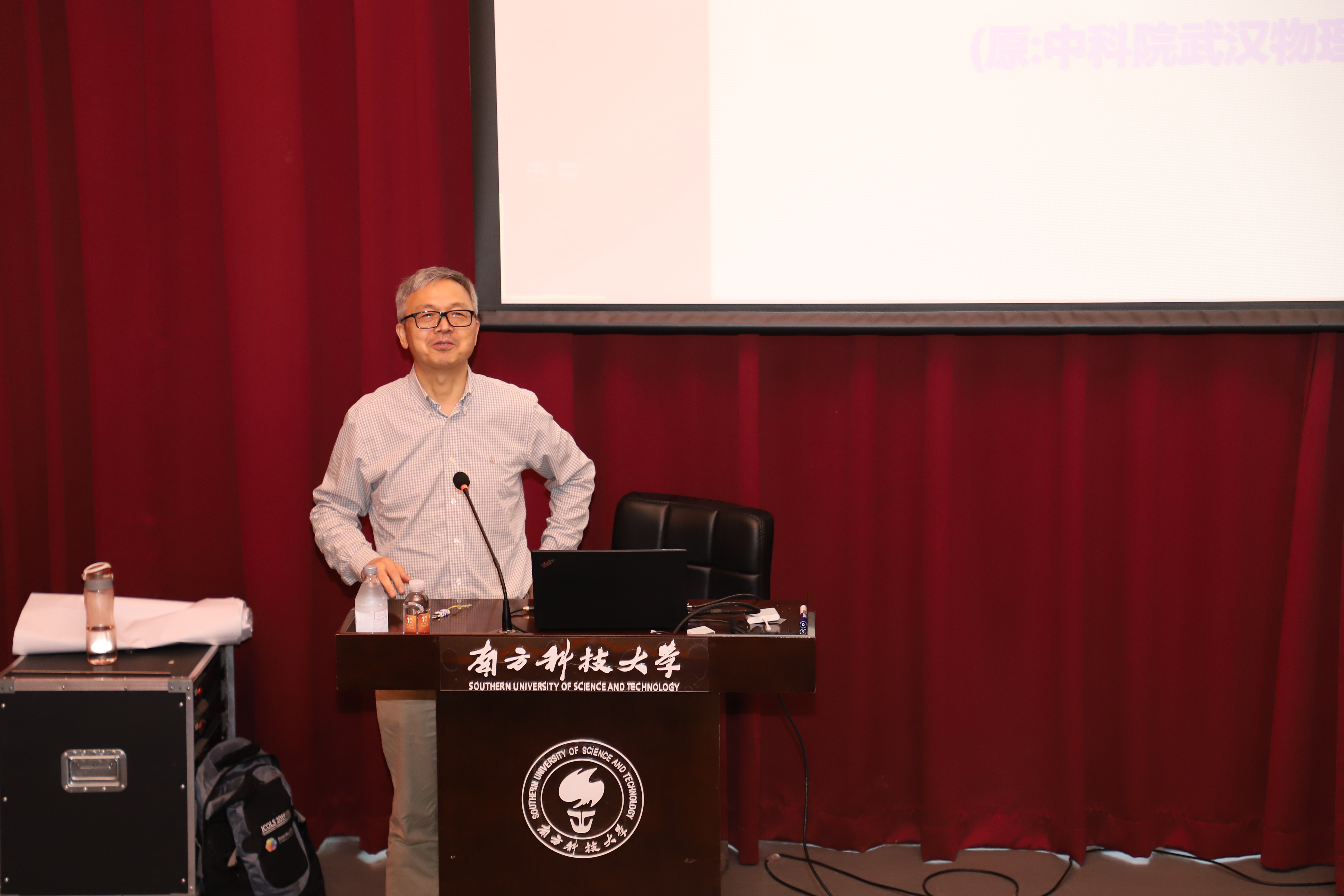
Prof. Xueming YANG is hosting the lecture
Guest Introduction:
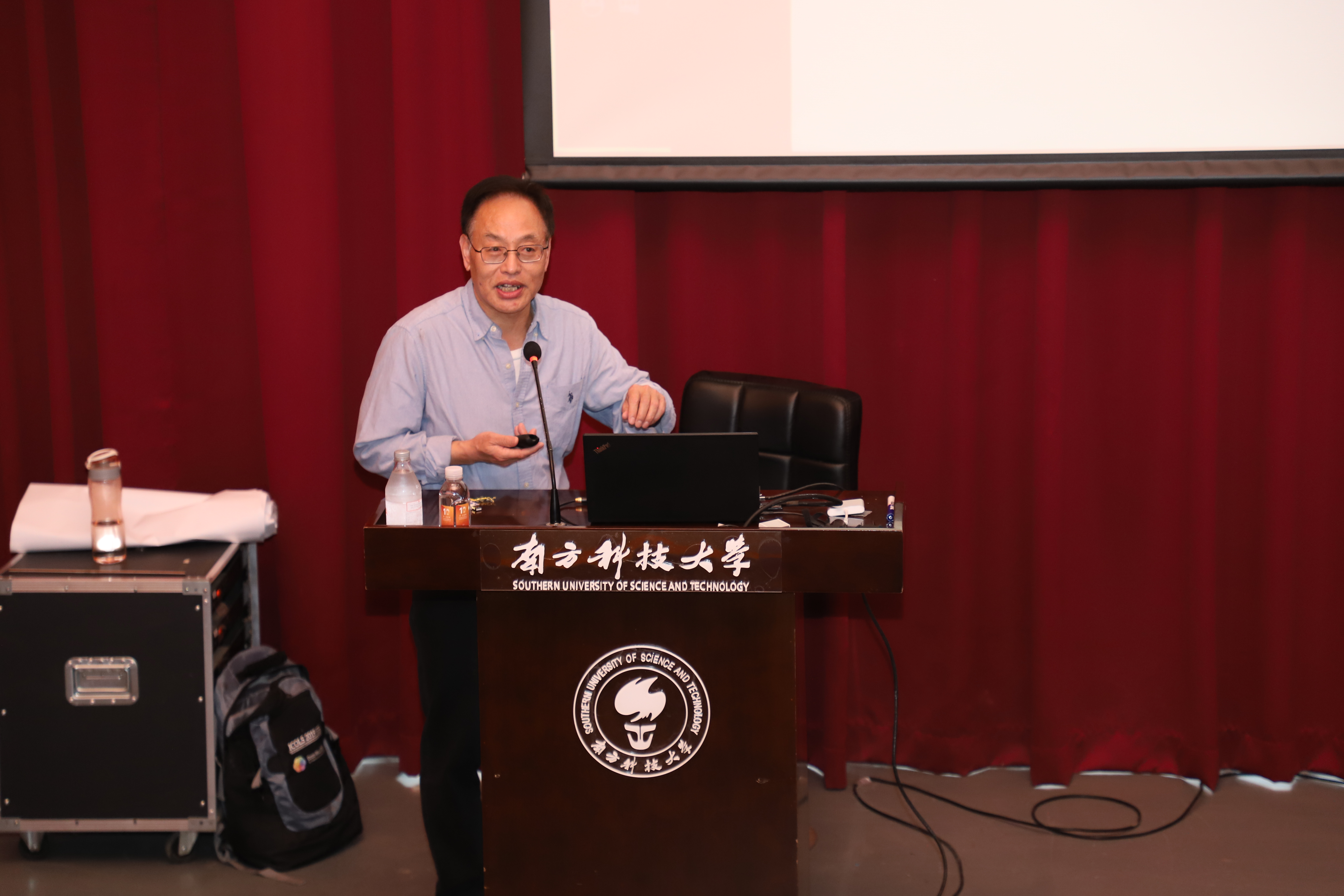
Prof. Kelin GAO
Prof. Kelin GAO is a researcher at the Innovation Academy for Precision Measurement Science and Technology, CAS. He received his B.S. degree in physics in 1982 at Huazhong University of Science and Technology, and Ph.D degree in physics in 1990 at University of Science and Technology of China. He once worked as visiting scholar and participated in the research at University of Washington and the UK’s National Physics Laboratory. Prof. GAO has supervised or participated more than 20 projects under the National “Climbing” Program and the NSFC. His present research focuses on the spectroscopy and the optical frequency standards of laser-cooled trapped ion.
Lecture Review:
Time is one of the seven fundamental quantities in physics. Accurate measurement of time is of great importance to people’s life, physics study and even national security. More accuracy in time gauge needs a “ruler” with finer scale, or a clock with shorter oscillation period. Today, with fixed transition frequencies between atomic energy levels, time calculations could be more accurate, which drives the research over microwave clocks and optical clocks. With the development of laser frequency locking technique and the invention of optical combs, the accuracy of optical clocks has far surpassed that of microwave clocks.
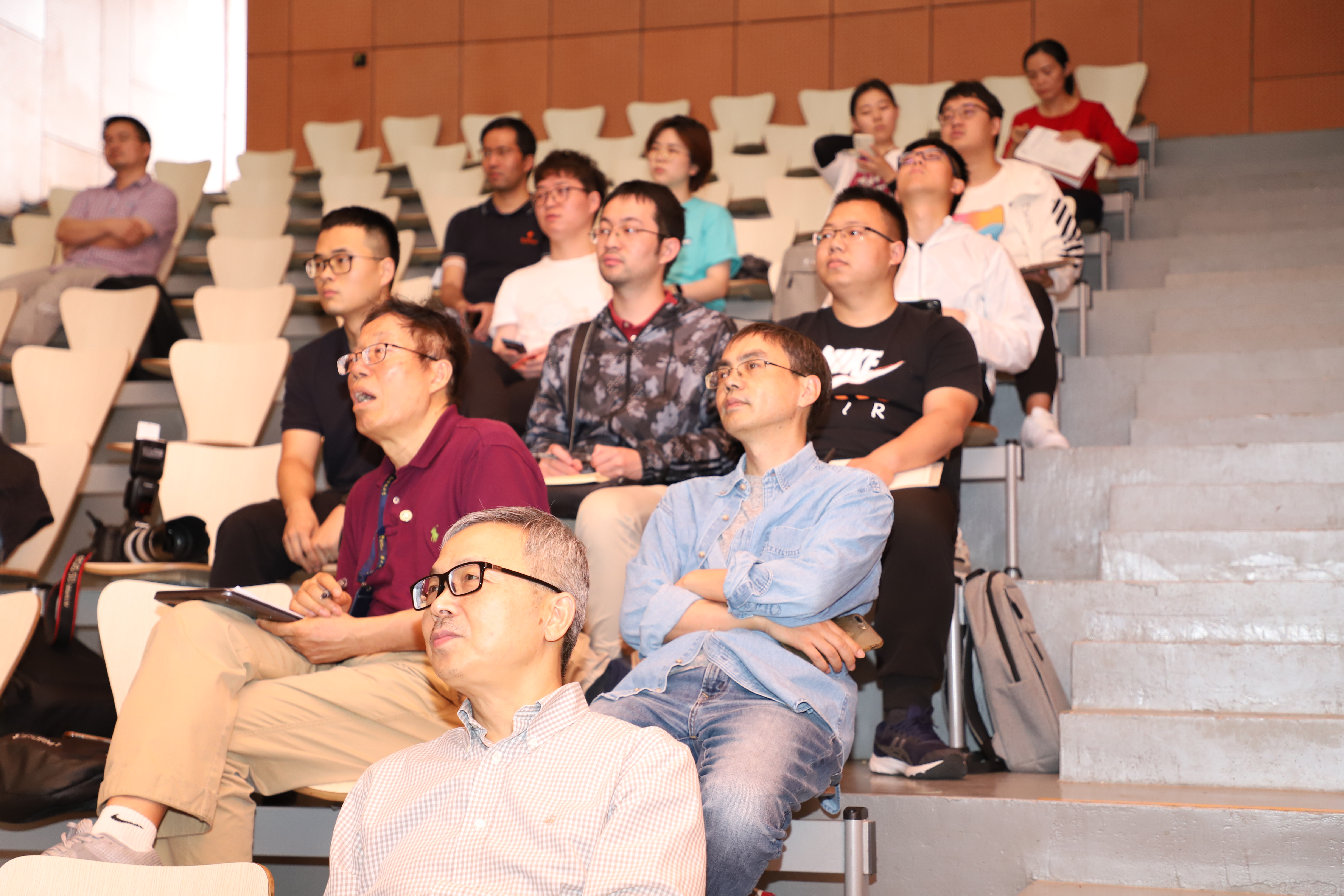
At the lecture
During the lecture, Prof. GAO detailed the research progress his team has made in the field of calcium ion optical clocks in recent years. After two decades of research, his team has realized three generations of calcium ion optical clocks, making breakthroughs to achieve effective cooling and stable trapping of single calcium ions, and lock the laser frequency to a high degree of precision on the frequency stabilized cavity, thus to obtain an optical frequency transition laser at ultra-narrow linewidth with stable frequency, and realize frequency standard locking for a long time.
By reducing the trapped ion motion effect, particularly the ion micro-motion effect, and the magnetic field effect, the servo system errors and constructing a low temperature environment to suppress blackbody radiation frequency shift, they have managed to lift the uncertainty index to 3×10-18. Meanwhile, with improvement to the frequency-stabilized laser, the team achieved more effective cooling, and adopted initial state preparation methods with more effective detection and locking methods to bring more effective control of the field and environment, as well as an optimization to the servo system. By comparing the two clocks, it is found that the long-term stability of a single clock reaches 10-18, which means the clock can identify nearly one-two billionths of a second (17 zeros behind the second) of a faint time/ frequency changes.
The measurement results of the absolute frequency of calcium ion clock transitions have been adopted by the Consultative Committee for Time and Frequency (CCTF) for three times and the recommended values of calcium ion clock transition frequencies have been updated. At the same time, Prof. GAO’s team has carried out research to successfully develop a vehicle-mounted transportable calcium ion optical clock, and transported it from Wuhan to Beijing, achieving a quasi-continuous operation for up to 20 days. It is the first time in the world that the measurement uncertainty of the absolute frequency of the calcium ion optical clock transition has been advanced to the level of 10-16.
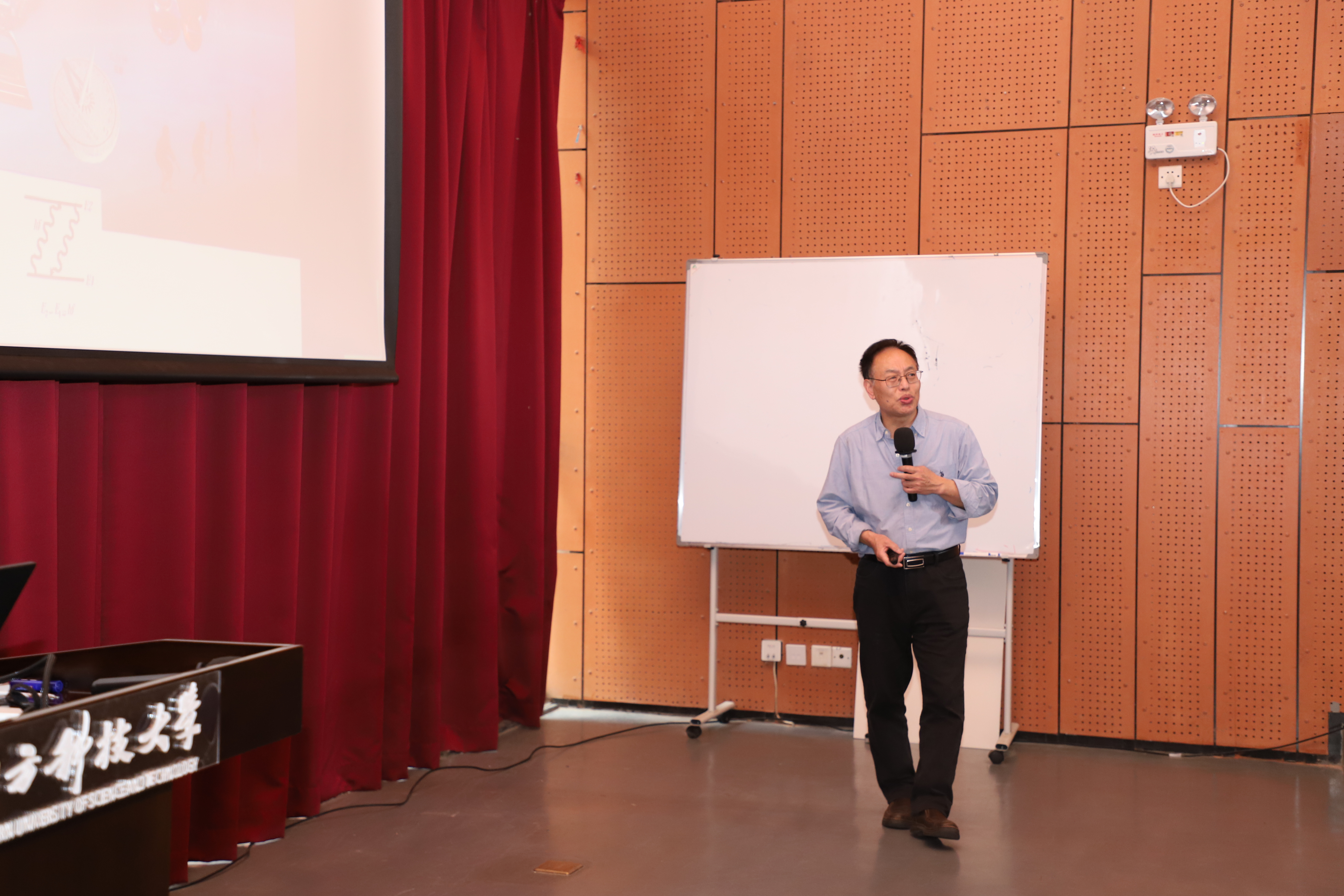
Prof. GAO is delivering the lecture
The research of Prof. GAO’s team opens the door to the miniaturization and transportability research on optical clocks, and will promote the application of optical clocks in precision measurement physics, geodesy, electricity and transportation. He also suggests that future research can focus on higher-precision atomic optical clocks, the construction of optical frequency transmission networks at both regional and national levels, and the research on high-performance atomic frequency standards.
Interactions:
During the interaction part, the audience asked questions about the future research plan on ion optical clock and the differences between it and rubidium atomic clock. Porf. Kelin GAO explained them one by one.
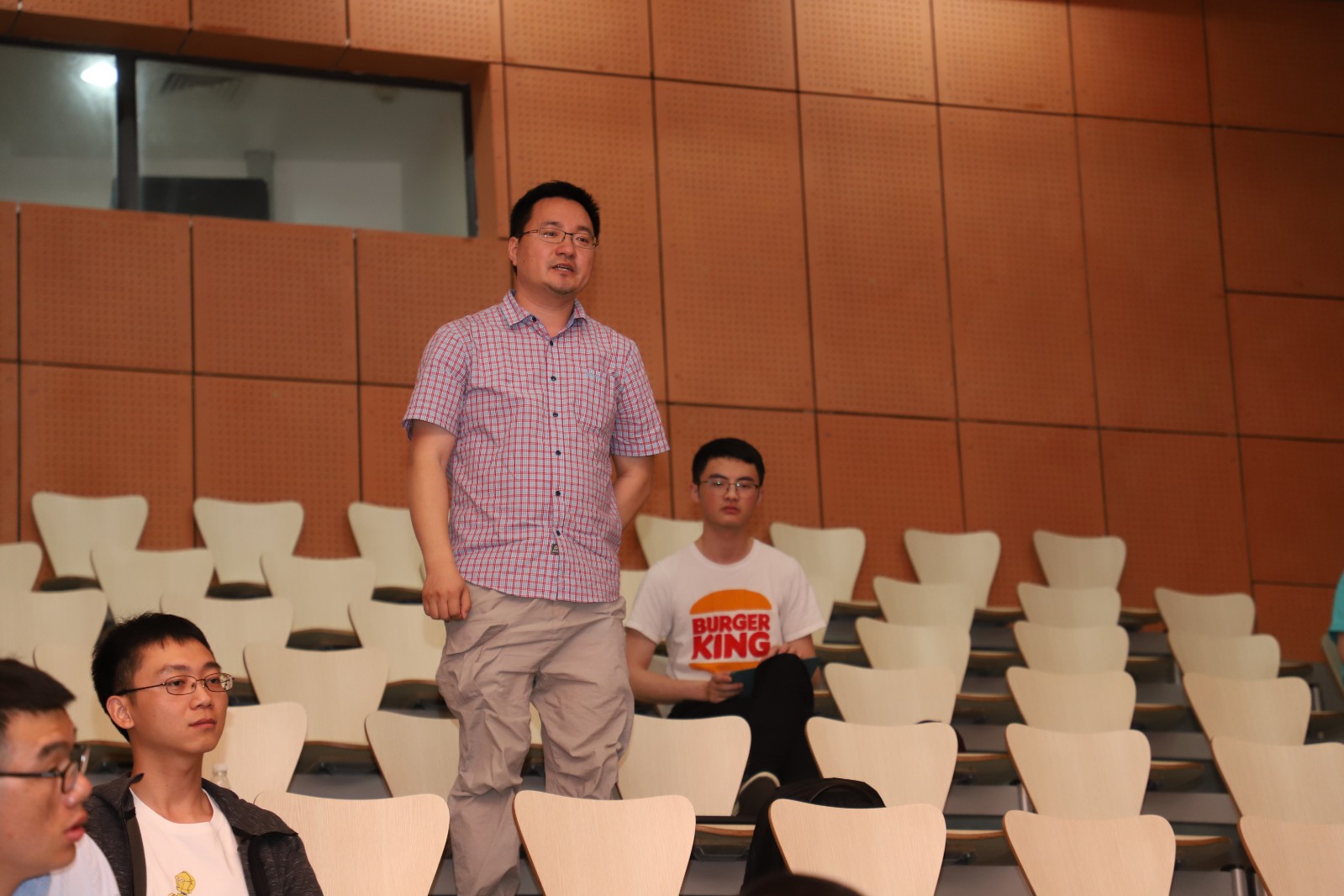
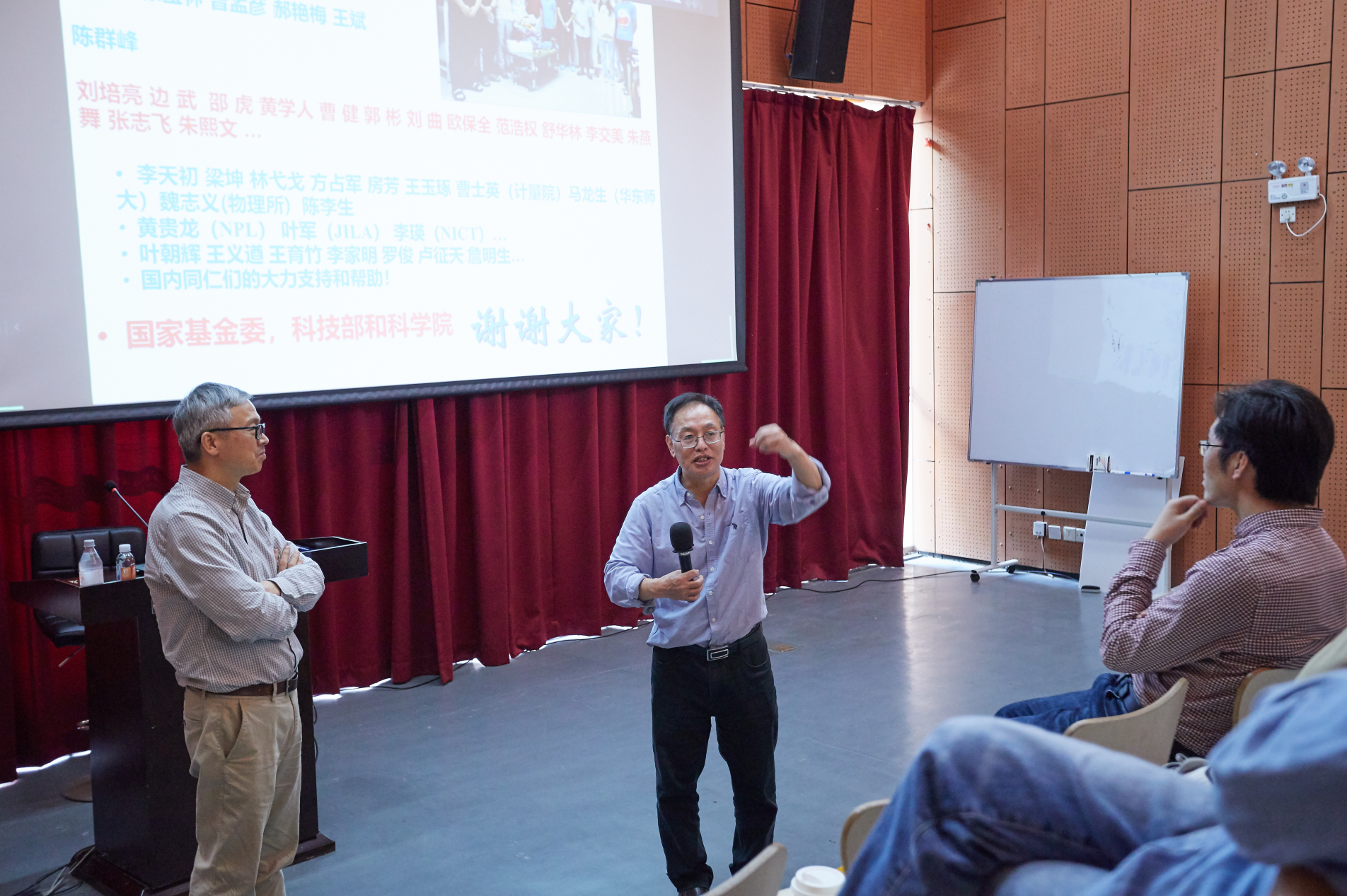
Exchanges
Finally, Dean Xueming YANG handed an honorary certificate to Prof. GAO and had a photo with him.
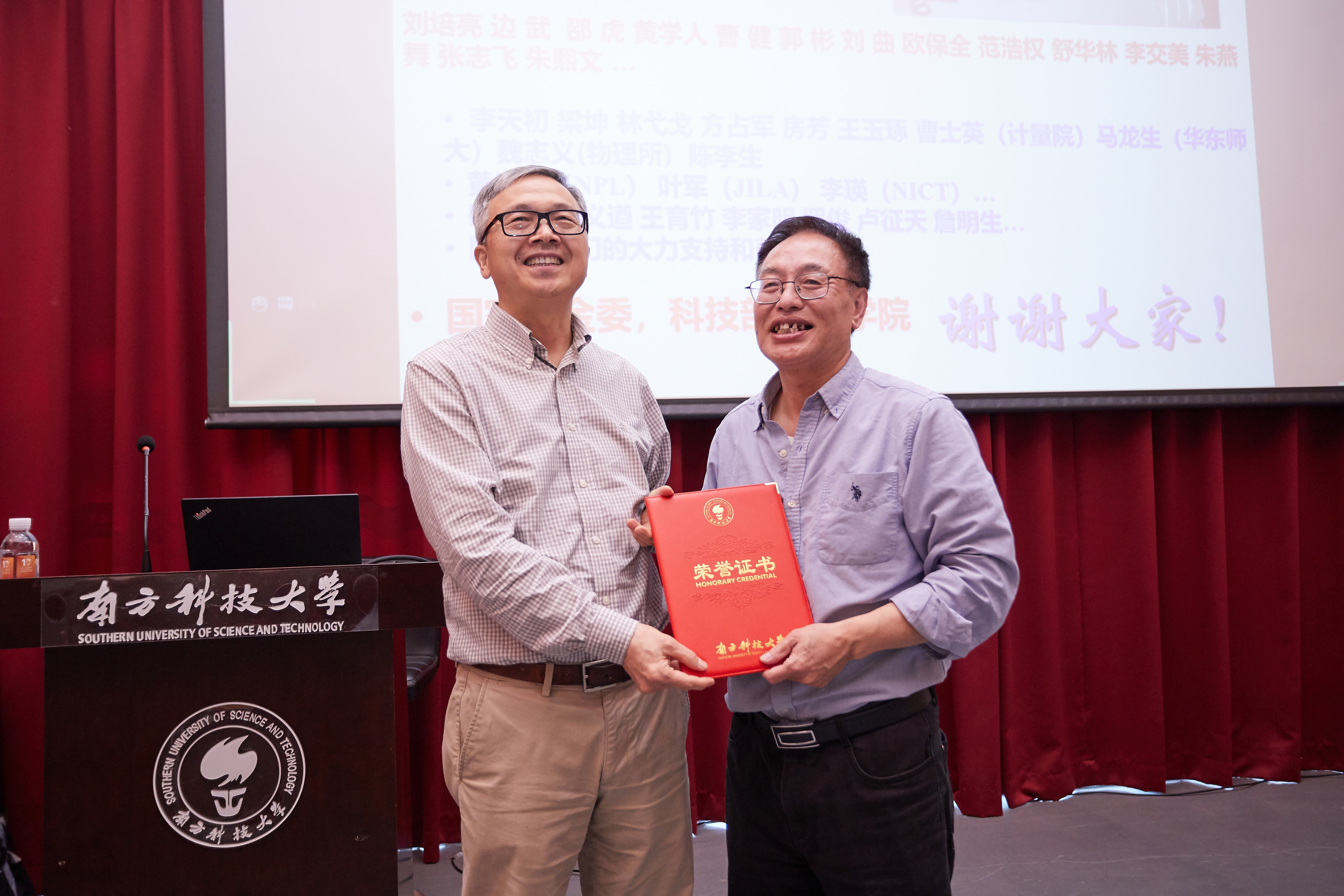
Prof. Xueming YANG and Prof. Kelin GAO




